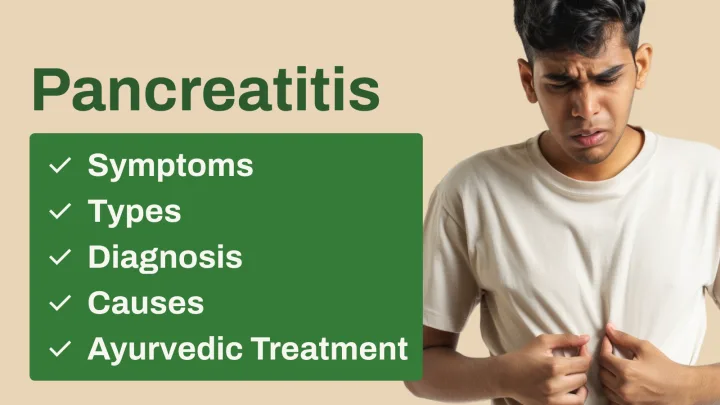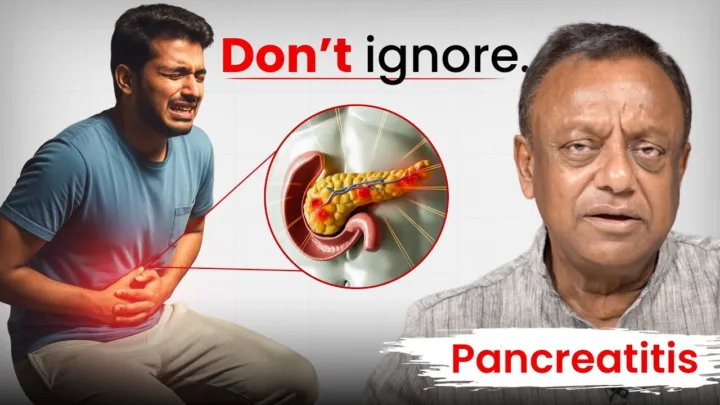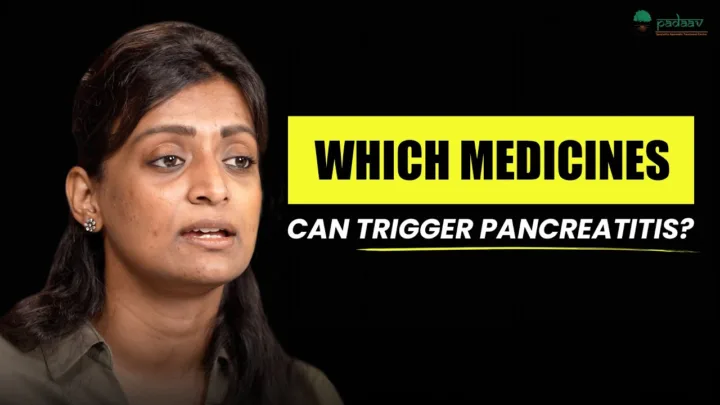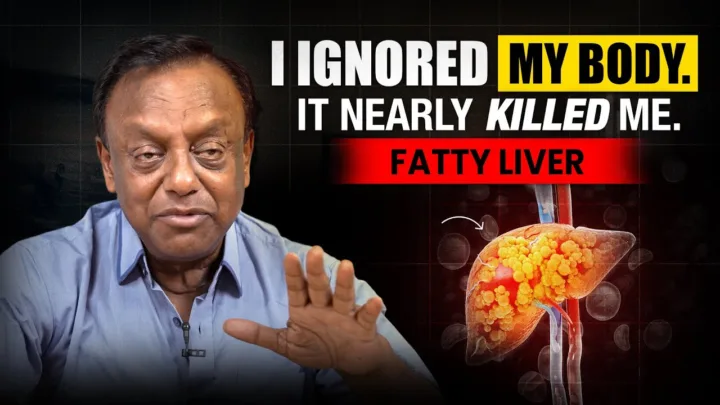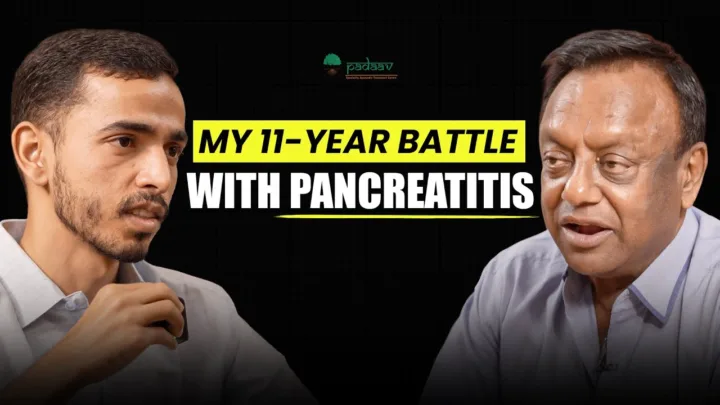Migraine is often dismissed as a simple headache, but for millions, it’s a debilitating condition that disrupts every aspect of life. In a candid Q&A session, Vaidya Shikha Prakash, CEO of Padaav Ayurvedic Treatment Center, shed light on the true nature of migraine, offering a path to healing that moves beyond quick-fix painkillers. This article synthesizes her insights, providing a comprehensive guide to understanding and managing the disease.
Demystifying Migraine: What It Is and What It Isn’t
The first step to managing migraine is to understand it. As Shikha Prakash explains, “Every headache is not a migraine, but every migraine is a headache.” Migraine is a neurological disorder characterized by recurrent, episodic headaches that can last anywhere from 4 to 72 hours. Unlike a simple headache, a migraine is often accompanied by a set of distinct symptoms:
- Nausea and Vomiting: A common symptom, with many patients finding relief after vomiting.
- Sensory Sensitivities: Photophobia (sensitivity to light) and Phonophobia (sensitivity to sound) are classic indicators. Many patients prefer to be in a dark, silent room during an attack.
- Aura: Some individuals experience auras neurological symptoms like seeing flickering lights or feeling dizzy that precede or accompany the headache.
The Root Causes: The Gut-Brain Connection and Lifestyle
Shikha Prakash emphasizes that migraine is not just a problem in the head; it’s a systemic issue often rooted in the gut. According to Ayurveda, migraine is a Pitta-dominant disorder, and its symptoms like gastric reflux and nausea are direct indicators of an imbalance in the digestive system.
She highlights several key triggers that she has observed in her patients:
Lifestyle: A consistent, disciplined lifestyle is non-negotiable. Skipping meals, staying empty-stomached for long periods, and irregular sleep schedules are all major triggers.
Diet: Inflammatory foods, such as anything overly spicy, deep-fried, reheated, or heavily processed, can worsen symptoms. While many people believe they must follow a “no-carb” or “no-fat” diet, Prakash stresses that a balanced intake of all food groups is essential for the body’s proper functioning.
The Padaav Treatment Journey: A Holistic Path to Recovery
Shikha Prakash’s approach to treating migraine is holistic, addressing the root cause rather than just the symptoms. She clarifies that while popping a pill provides temporary relief, it does not fix the underlying issue and can lead to a condition called medicine-overuse headache.
The Padaav protocol is built on a three-pillar approach:
- Medicine: The treatment uses a combination of two to four standardized Ayurvedic medicines. For patients who are heavily dependent on painkillers (20-30 pills a month), the process involves a gradual tapering off of their medication.
- Diet: Patients are guided to adopt a wholesome, balanced diet focused on fresh, home-cooked, regional, and seasonal foods. She recommends three main meals and two small snacks to maintain a stable energy level throughout the day.
- Lifestyle: The most critical pillar is lifestyle. Patients are advised to adhere to a strict sleep schedule, get moderate exercise, and practice consistency in all their daily habits.
Shikha Prakash’s most significant case involved a patient who had suffered from migraines for 35 years. By correcting her sleep schedule, eliminating tea and coffee, and following the treatment protocol, she became completely free of painkillers. This case, among many others, demonstrates that even long-standing chronic migraines are curable.
A Call for Consistency and Self-Awareness
Shikha Prakash emphasizes that a migraine treatment journey is a partnership between the patient and the physician. While the physician provides the tools, the patient must provide the consistent effort, discipline, and compliance required for healing.
The ultimate message is one of empowerment. Migraine is a serious illness, but it is not a life sentence. By moving past the fear and misinformation, and by taking ownership of their health through diet, lifestyle, and a mindful approach, patients can not only put the disease into long-term remission but also reclaim a life of vitality and well-being.

